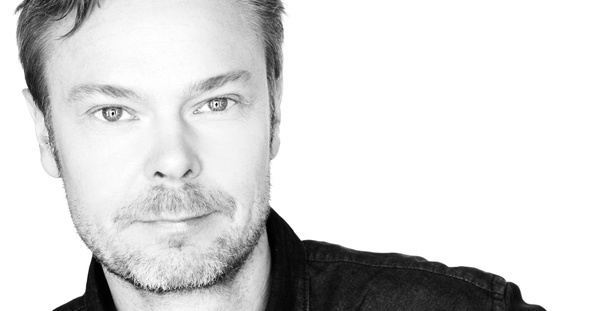Hope from Wood Blog Series, 2021
Kjellander Sjöberg: What can we do right here, right now?
There has been a lot of discussions, both at conferences as well as in the public domain, about which goals shall be achieved, what shall be done first, what are the essential priorities and how should we act to achieve a secure future with a safe climate with balanced lifestyles within the planetary boundaries.
Although one should naturally avoid making symbolic gestures and ‘pies in the sky’, there are many established guidelines and extensive expertise in what foundations should be used for designing the physical environment to be climate positive. It is no longer enough to respond to the younger generation that we did not understand or did not have sufficient knowledge. We must act and every day ask ourselves the question: ‘What can we do right here, right now?’
The point of departure for all architects should be that it is possible and urgent to create projects that are fundamentally sustainable, adopting the approach of doing as little as possible, close to nothing, to save finite resources. The most sustainable projects are those not built at all, alternatively those reusing the existing, already built. The material selection for what still needs to be constructed must be based on what is available locally to minimize the environmental and climate impact. This will also define a vocabulary and a tectonic language shaped by specific conditions, rather than having a complete freedom for one’s vision. More ethics, less aesthetics.
An example illustrating several important principles is the transformation of Gjuteriet in Varvsstaden, Malmö.
When Kjellander Sjöberg got commissioned to preserve the industrial warehouse from 1910 located in the former Kockums shipyard, the building was almost a ruin. Featuring distinct brick gables and a pronounced steel frame, its significance is derived from its visibility, forming a prominent industrial heritage, and its role it will play within a new urban context. Offering open, active content such as meeting places, exhibitions spaces, restaurants, cafés, and workspaces facing the public realm, Gjuteriet will contribute to a liveable, mixed neighbourhood.
The original building has an inherent flexibility that has allowed it to be fitted to various needs and functions during the first 100 years of its life. Its adaptive qualities are enabled by the generous dimensions of the structural frame and by the robustness of the space, supported by regularly placed large windows bringing and evenly distributing daylight, making it suitable for many uses.
The transformation seeks to utilise what is already available, exploiting as little resources as possible. Added elements are to a large extent made from renewable raw materials, i.e. wood, alternatively from recycled shipyard components. The requirement for more levels and increased floor space was achieved by a complementary glue laminated timber frame and CLT boards.
How have we managed to minimise embodied carbon and CO2 emissions? Using a light frame employing two structural principles allowed for a spatial variation whilst keeping the scale of the main hall volume visible. Half of the frame is suspended from the existing steel frame and the other is raised on timber posts from the floor. This has decreased the need for a new environmentally damaging and costly foundation on the former seabed.
By making use of industrially prefabricated components, it was quick to assemble the entire frame on site, lifting it with a crane through the roof into place. Majority of complementary interior materials is also using wood – workspace floors, conference room boxes, roof, railings and curtain walls.
Core strategy in the project is to utilise recycled materials from Varvsstaden’s material library, a collection of components harvested from demolished industrial buildings in the area. Recycled brick provided Gjuteriet with a new building envelope, and sheet metal, ladders, chequer plates and perforated panels are used in various ways.
An important lesson learnt is that buildings can be preserved and given a new life, provided we manage to draw inspiration from their unique qualities, conditions and flexibility. In combination with renewable materials of right properties and low carbon footprint, we can find new combinations and modes of expression. There is much to suggest that wood is the way, a material which is tactile, pliable and gives new technological opportunities.
Published 16.12.2021

